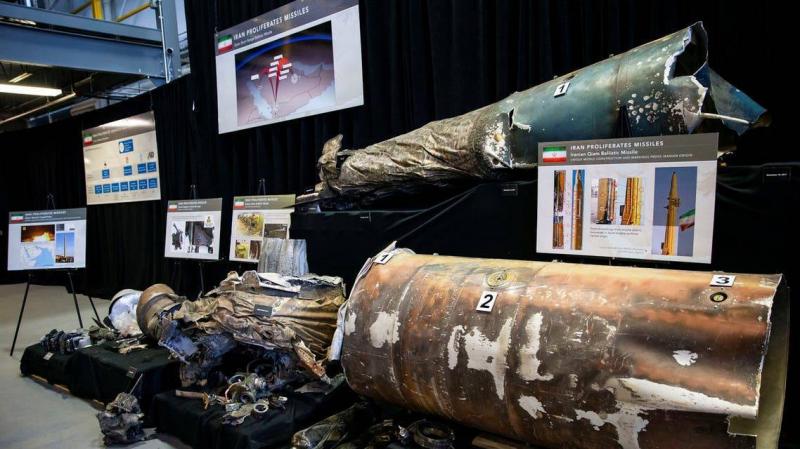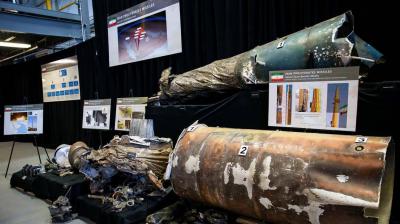As Western-Iranian negotiations continue regarding the reviving of the nuclear agreement, various voices have warned against underestimating certain risks posed by Tehran, whether through its arsenal of ballistic missiles, explosive drones, or its militias in several countries in the region. In this context, the "International Institute for Strategic Studies" has warned in a detailed report about the dangers of the growing Iranian missile arsenal, particularly drones and cruise missiles, which are destabilizing forces in the Middle East.
The report explained that "Iranian ballistic missile systems, complemented by cruise missiles and drones, are intended not only for deterrence but also for combat." It provided a detailed assessment of Iranian missiles, the methods, and the targets Tehran is working on. The report acknowledged North Korea's role in enhancing Iran's ballistic missile capabilities, alongside assistance from Russia and China.
**20 Types of Missiles**
Furthermore, it was considered that these missiles compensate for the weakness of Iran’s conventional army and its limited air power. It is estimated that Tehran has exported around 20 types of missiles to its proxies in the region, particularly in Iraq, Yemen, and Lebanon. Iran has exported short-range missiles to its proxies in the region.
**Missile Doctrine**
The report, from the institute established in 1958 as a leading global security organization, delved into Iran's "missile doctrine" to understand Tehran's long-term plans to threaten the region with its missile arsenal. It concluded that Iranian authorities are currently focusing on "improving accuracy to deny their involvement against potential enemies," as previously demonstrated in the targeting of Abqaiq in Saudi Arabia.
**Tehran's Proxies and Militias**
Additionally, it emphasized that "the proliferation of Iranian missiles has significantly destabilizing consequences in the region, as this arsenal acts as a force multiplier for unaccountable militias" beyond the authority of local governments. The International Institute warned against supplying these militias with such systems (missiles and drones), as this "demonstrates a greater readiness to take risks, as well as a more aggressive posture for Iran's missile program overall."
**4 Strategies for Drone Delivery**
Regarding drones, the institute classified them among the Iranian threats. Tehran seeks to "expand its ability to target countries in the region through the ongoing development of those unmanned aerial vehicles and cruise missiles." The International Institute noted that Iran employs four strategies to supply its militia allies with drones and ballistic missiles: direct transport, providing missile upgrades, transferring production capabilities, and supplying through third parties.
The report concluded by warning that all these advancements the Iranian authorities have achieved in this field should serve as a wake-up call for the region and the countries negotiating with Iran, as the threat from missiles and drones is likely to increase in the coming years.




